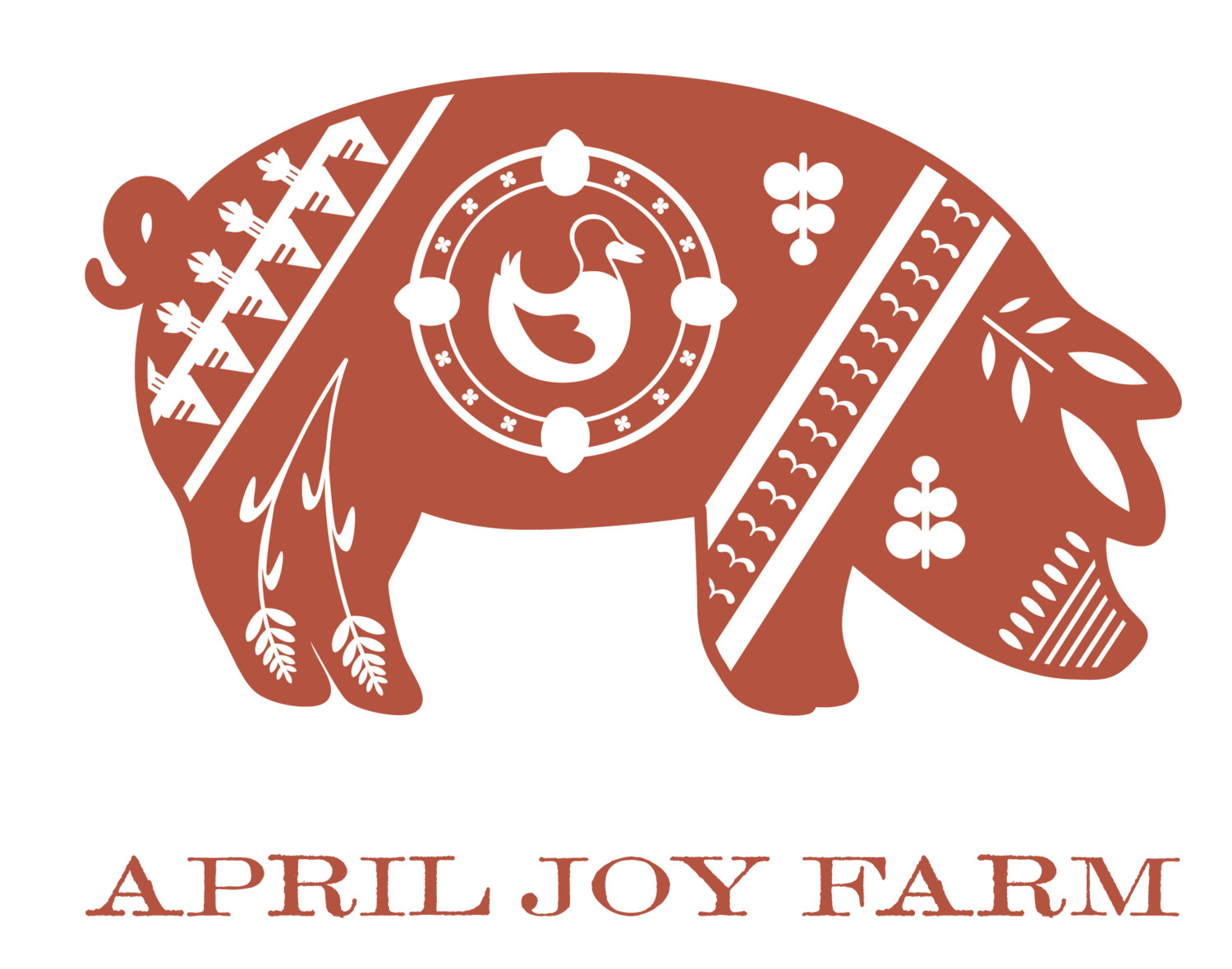Nourishing Bites | Equinox Part 2
Part 2 (Read Part 1)
Farming has certainly taught me to live more gracefully in the in-between - this equinox if you will. It’s a dance of stepping from certain clarity to the mysterious unknown, from bright lights to soft dusky nights, from orderly rows to sprawling, tangling thickets.
Not once, not twice, but repeatedly. Over and over… for that is the practice.
When I feel pushed to my limits, or frustrated that I can’t wrangle things to some semblance of order, or that things I once ordered have somehow scattered back to a mess, I stop and ask myself, what is it I ultimately am trying to achieve?
Then I think about Hell’s Half Acre.
That’s the name organic seed breeder Frank Morton gave one of his lettuce trial fields. On this plot of land, he intentionally did everything wrong. Among other things, he overwatered, spaced plants too close, and didn’t use any fertilizer.
As Frank says, “A great looking field doesn’t tell me much. I want to find plants that look great where they’re being challenged.”
The story of Hell’s Half Acre is worth reading, because it highlights the power and importance of organic farming systems, and of dedicated organic seed breeding research.
It’s a testimony for how adversity and diversity work together to enrich our world.
As seedmatters.org reports about Hell’s Half Acre:
“An organic farm is the ideal environment for developing plants that are naturally hearty. A plant that’s chemically treated with toxic, synthetic pesticides to prevent diseases and insects doesn’t have much work to do. “The pesticides and fertilizers are doing what the plant might do,” Morton says. “In an organic situation, the plant is required to fend for itself: seek nutrients and protect itself against disease. Its health is based on its own constitution.” Organic plants change shape to let in light and air and resist diseases and water. They produce chemicals to keep pests away. They create their own solutions.”
This is how I remind myself that living in the in-between is a big part of building resilience, of creating one’s own solutions. My health is based on my own constitution.
Just as Frank works to find the tenacious few amongst the multitudes, each season I farm is another chance for me to find another layer of resilience and to clarify my purpose amongst the many reasons to take an easier path, to give up, to stop working so hard.
I hold myself accountable this time of year.
No matter if I’m tired, or slow, or have to stop and start again and again, amidst the storms and mental hurdles. I may rest, but I don’t wallow or give up. I keep my heart tuned toward balance, toward facing and embracing the gifts that can come of this challenging in-between.
The amazing part of Frank’s lettuce breeding experiment is that the most resilient varieties didn’t actually taste that great. But he didn’t give up. Instead, he then painstakingly crossed these tough customers with lettuces that sported diverse and unique colors, textures, pigments and that also had average-to-good disease resistance… and the result?
Pure magic.
“What made Morton’s lettuces especially beautiful and colorful also made them especially nutritious—in order to survive Hell’s Half Acre, the plants produced abundant amounts of vitamins, minerals, and enzymes.”
Adversity and diversity is the natural order of things.
And Equinox is a reminder to shift gears. It’s time to distill things down to the essence. Our human lives need calming simplicity so that we can grasp the gorgeousness of diversity, so that we can hold space for all we can’t understand, so that we can respect the intelligence of the deep adversity inherent in working, healthy systems.
How we embrace the challenges determines the outcomes. As I wash two legged carrots, clean off the kitchen table for the umpteenth time, or patiently winnow the chaff from my small but mighty little mustard seed crop, I’ll be thinking of Frank Morton and of Antoine de Saint-Exupéry who said, “Life always bursts the boundaries of formulas.” ~AJ
The Gifts of Diversity: Hidden In Plain Sight
“The most difficult thing is to act. The rest is merely tenacity. ”


